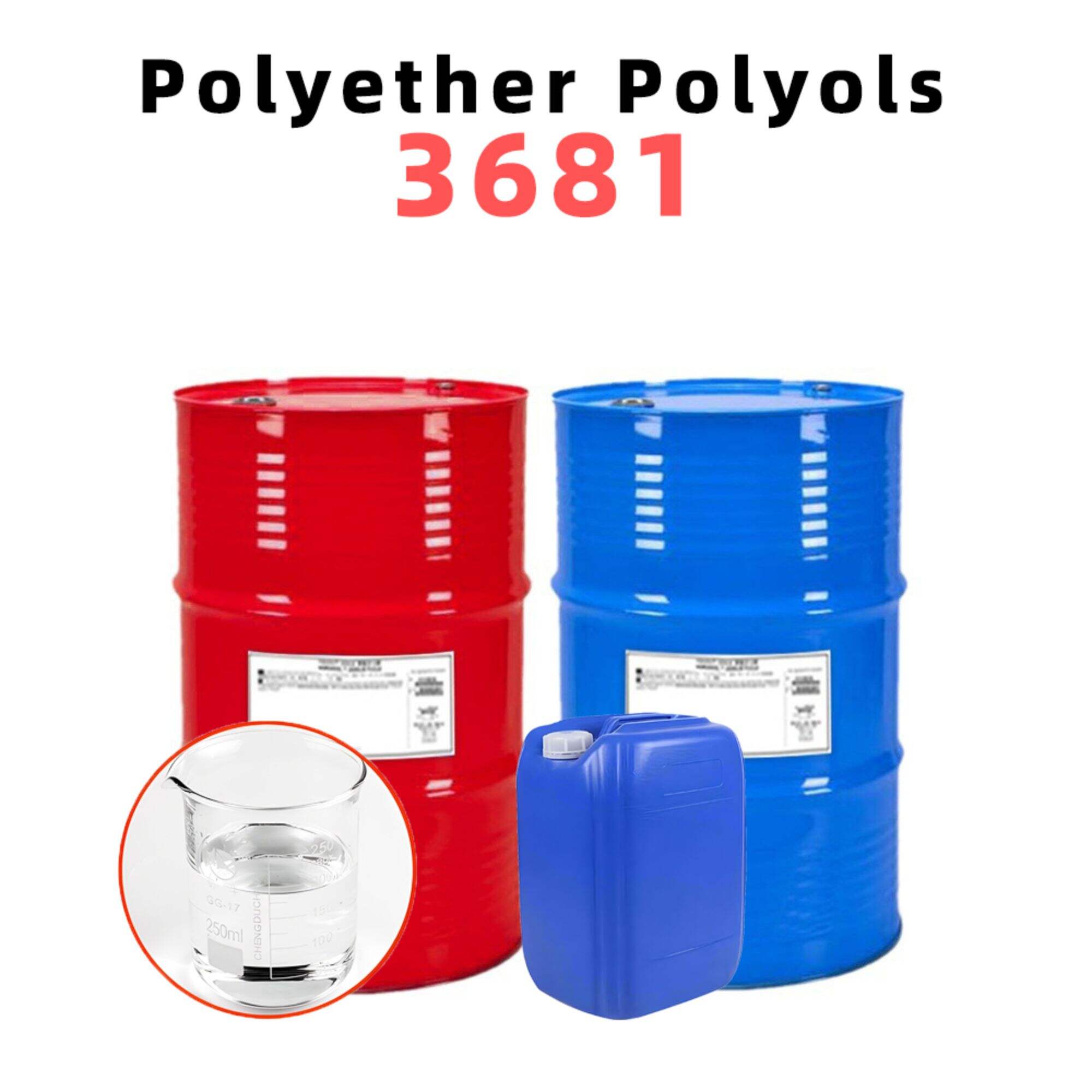תוספי קצף הם מרכיבים שנועדו לשפר את ביצועי קצף הפוליאורית'ן. קצף פוליאורית'ן נמצא בכל דבר, החל ממattresses וכיסאות רכב ועד לבידוד של בתים. אנו יכולים להפוך אותו ל חזק יותר, גמיש יותר, טוב יותר בהחזקת חום וקור בתוך או מחוץ, ולצמצם את העלות של הקצף באמצעות אחד או יותר מהתוספים הזמינים לנו למטרה זו, הוספת תוספי קצף היא כמו הכנת עוגה מבודדת... רק הוסיפו קצת מזה וקצת מזה, ואתם יכולים להכין אותה כל צורה שתרצו! לכן, בשבועות הבאים, נדבר על איך תוספי קצף עובדים, נדון בגישה פשוטה לאיך תוספי קצף עובדים ונבחן חלק מהתוספים השונים הזמינים, וכיצד אנו מגדירים ובוחרים ביניהם. החברה שלנו, SANYING, מציעה סוגים שונים של תוספי קצף כדי לשפר את ביצועי קצף הפוליאורית'ן בטווחים שונים.
תוספי קצף לשיפור תכונות הקצף рассматриваются מספר תוספי קצף בדוגמה עובדת זו
קטליזט פוליווריתן הם חיוניים מכיוון שהם עוזרים לפוליאוריתאן לבצע את המשימות שלו בצורה יעילה יותר. לדוגמה, ישנם תוספים שממירים את הפוליאוריתאן וטובים בבודדים בניינים. תוספים אחרים שמשפרים את גמישות הפוליאוריתאן גם הם מצוינים לקורות ולמזרנים. באמצעות שימוש בתוספים המתאימים, יוכלו היצרנים להאריך את חיי הפוליאוריתאן ולשפר את ביצועיו.
בחינה של הסוגים השונים של חומרים מוספים שיכולים להשפיע על תכונות הצופן
לצופני חומרים מוספים יש מגוון סוגים. אחרים מעוצבים כדי להגביר את עמידות הצופן בפני קרעים או דימויים. אחרים עוזרים לצופן לעמוד בפני חום, מה שמקטין את הסבירות שהוא יבער. לא מעט צופנים כוללים גם חומרים מוספים שגורמים לו להיות נוח יותר לשבת או לשכב עליו. לכל סוג של חומר מוסף יש מטרה ספציפית, וכשמשלבים אותם בדרך הנכונה, ניתן לשפר בצורה משמעותית את איכות הצופן.
בחירת סוכן הצופן הטוב ביותר לכל יישום ולקריטריוני הביצועים
כאשר בוחרים פוליאתר פוליאול לבועות רכות , חשבו מה אתם רוצים שהשעווה תבצע. האם היא חייבת להיות חזקה מאוד? או שאתם מעדיפים אותה רכה במיוחד? אולי אתם רוצים שהיא תשמור על החום בחוץ או בפנים? לאחר שתקבעו את המטרה, תוכלו לבחור את התוספים המתאימים. זה כמו בישול. אם אתם יודעים שאתם רוצים להכין עוגה, תבחרו את הרכיבים שאמריקאים מהתקופה המוקדמת היו משתמשים בהם כדי להכין עוגה טובה, ולא סופ.
שיפור בידוד השעווה והעצמה באמצעות שילוב תוספים מתאימים
כדי ליצור שעווה בעלת בידוד טוב, ניתן להוסיף כימיקלים שמגרים את השעווה לשמור על צורתה ולמנוע את זרימת החום. לשם ייצור שעווה חזקה, כמו זו הנדרשת במושבי רכב, יש להוסיף כימיקלים שמפירים אותה וmakes אותה קשה יותר לקריעה. שילוב של תוספים יכול לשמש להתאמתה של השעווה כך שתתאים בצורה הטובה ביותר לשמירה על חום בבית או לבטיחות האדם במושב רכב.
אופטימיזציה של שעווה פוליאורית'ן לייצוב ארוך-טווח באמצעות בחירה נכונה של תוספים ושיטות יישום
לבסוף, כדי לוודא שהשעווה עמידה ויעילה, חשוב גם להבטיח שבוחרים במוספים הקשיחים בחוכמה ומגישים אותם בהתאם. זה עשוי לכלול כמות מסוימת של תוסף אחד וכמות מסוימת של תוסף אחר. זו כמעט ניסוי מדעי. נדרשת הרבה ניסיון כדי לגלות מה הכי יעיל. אבל לאחר שפותרת את זה, ניתן ליצור שעווה שאמיתית ומדהימה והיא עושה כל מה שתרצי שהיא תעשה. פואם קשיח פוליוורתאן זה כולל הרבה ניסיונות, כדי לגלות מה הכי יעיל. אבל לאחר שפותרת את זה, ניתן ליצור שעווה שאמיתית ומדהימה והיא עושה כל מה שתרצי שהיא תעשה.
תוכן העניינים
- תוספי קצף לשיפור תכונות הקצף рассматриваются מספר תוספי קצף בדוגמה עובדת זו
- בחינה של הסוגים השונים של חומרים מוספים שיכולים להשפיע על תכונות הצופן
- בחירת סוכן הצופן הטוב ביותר לכל יישום ולקריטריוני הביצועים
- שיפור בידוד השעווה והעצמה באמצעות שילוב תוספים מתאימים
- אופטימיזציה של שעווה פוליאורית'ן לייצוב ארוך-טווח באמצעות בחירה נכונה של תוספים ושיטות יישום














































